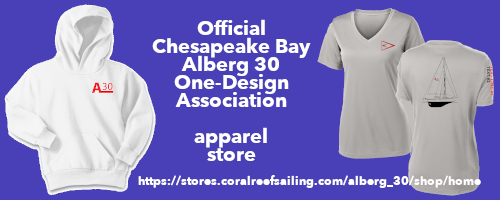
 Following some online discussion, I opted not to make
the coamings out of plywood. Do I hear a sigh of relief? I found some
very nice Honduran Mahogany and went the traditional route. However as
the photos will show I went a step further.
Following some online discussion, I opted not to make
the coamings out of plywood. Do I hear a sigh of relief? I found some
very nice Honduran Mahogany and went the traditional route. However as
the photos will show I went a step further.
 My contention is that the
tail ends of the coamings represent a design weakness in that without
any support, they are liable to splitting if any heavy impact is made
upon them at the tail end. This would appear to be exactly what happened
to mine. There had been an attempt, somewhat unsightly to remedy the
break with a second overlapping piece of wood which also split over
time. My solution has been to build a timber that spans the deck
immediately aft of the cockpit, thus tying the tail ends to a solid beam
and, I hope, reducing the likelihood of damage as a result of a sideways
impact. The extra three inches also improves my backrest though I am
still working on the idea of a removable, lightweight "chair" back.
My contention is that the
tail ends of the coamings represent a design weakness in that without
any support, they are liable to splitting if any heavy impact is made
upon them at the tail end. This would appear to be exactly what happened
to mine. There had been an attempt, somewhat unsightly to remedy the
break with a second overlapping piece of wood which also split over
time. My solution has been to build a timber that spans the deck
immediately aft of the cockpit, thus tying the tail ends to a solid beam
and, I hope, reducing the likelihood of damage as a result of a sideways
impact. The extra three inches also improves my backrest though I am
still working on the idea of a removable, lightweight "chair" back.
 The crossbeam is fashioned from five 2-and-a-half inch by half inch
edge grain fir strips laminated with waterproof glue over a form that
was curved to conform to the camber of the deck. I got the profile using
a piece of doorskin (my favourite) and trial and error with a sharp blade
until it fit. The shape was transformed to a 2x6 board. Once the beam
was fit to the deck and tails it was given a coat of epoxy. The top
mahogany covering board was then glued to the beam. The beam is held to
the deck with bolts through the traveller and two larger bolts at each
end of the beam. Long screws are fastened through the tail ends into the
beam ends.
The crossbeam is fashioned from five 2-and-a-half inch by half inch
edge grain fir strips laminated with waterproof glue over a form that
was curved to conform to the camber of the deck. I got the profile using
a piece of doorskin (my favourite) and trial and error with a sharp blade
until it fit. The shape was transformed to a 2x6 board. Once the beam
was fit to the deck and tails it was given a coat of epoxy. The top
mahogany covering board was then glued to the beam. The beam is held to
the deck with bolts through the traveller and two larger bolts at each
end of the beam. Long screws are fastened through the tail ends into the
beam ends.
 The winch blocks were quite rotted so I totally rebuilt them
using some fine edgegrain fir 2x6 built up, epoxied and again capped
with solid mahogany to protect the fir.They were replaced with new bolts
as the originals had rusted almost right through!.
The winch blocks were quite rotted so I totally rebuilt them
using some fine edgegrain fir 2x6 built up, epoxied and again capped
with solid mahogany to protect the fir.They were replaced with new bolts
as the originals had rusted almost right through!.
PS. Just as an afterthought. Probabaly the most useful tool for the coaming install, lacking another pair of hands, was a telescoping pole made by TASK, HomeDepot. Normally it is used in the construction industry for holding panels and suchlike overhead prior to fastening. However the 5-foot unit is exactly a snug fit for bending those coamings into place prior to drilling and bolting. Anyone sailing offshore might add one to their gear for emergency bracing in case of holing!!. They expand from five feet to over nine feet.
- Deck Repairs
- Small Boat Patch
- Mast Beam
- Mast Step Deck Repairs
- Newer Hull Deck Joint
- Newer Taffrail
- Replacing Windows
- Adding Opening Ports
- Opening Port Gaskets
- Teak Hatch And Dropboards
- Cockpit Coamings
- Winter Cover
- Boarding Ladders
- Rub Rail
- Awlgrip
- Boat Maintenance
- Spars, Sails & Rigging
- Hull & Deck
- Deck Gear
- Steering
- Mechanical Propulsion
- Electrical
- Head
- Plumbing
- Accomodations
- Tools
- disorganized


